We often think of hearing loss as a problem related to aging. However, hearing loss affects people of all ages, from birth through adulthood. Hearing loss affects two in every 100 children under the age of 18. If their hearing loss is undetected, there will be delay in initiating proper treatment and intervention. This may result in delayed speech/language development, social problems and academic difficulties. Intervention includes treatment of infections, early fitting of hearing aids, and may include cochlear implantation for children with severe hearing loss. Children with hearing loss do best when placed into special education programs designed to help maximize a child’s hearing and provide the best chances for successful speech and language development.
Types of Pediatric Hearing Loss
There are two primary categories of hearing loss in children, congenital (present at birth) and acquired (occurring after birth). These hearing losses may be sensorineural (involving the inner ear, auditory nerve, or central nervous system), conductive (involving the ear canal, ear drum, middle ear space, or hearing bones) or both.
Causes of congenital hearing loss include:
- Maternal infections during pregnancy
- Ototoxic medication used during pregnancy
- Birth complications (e.g. jaundice, ventilatory support, ICU care, birth weight < 3 lbs, blood transfusion)
- Disorder of the brain or nervous system
- Genetic syndromes
- Family history of hearing loss
- Congenital ear malformation
Causes of acquired hearing loss include:
- Infections of the ear
- Other infections (e.g. meningitis, mumps, measles)
- Perforation of the eardrum
- Excessive noise exposure
- Cholesteatoma
- Head trauma
- Ototoxic medication
Signs of Hearing Loss in Children
It is important to recognize the signs of hearing loss in infants and toddlers as early as possible. The most critical period for speech and language development is from birth to four years of age. The following are warning signs of hearing difficulties:
Newborn (Birth to 4 months):
- Does not startle, cry or react to unexpected loud noises.
- Cannot be soothed by voice alone.
- Does not turn his/her head in the direction of your voice.
Infant (3 months to 2 years)
- Does not point to familiar persons or objects when asked.
- Does not babble, or babbling has stopped.
- By 12 months does not understand simple phrases by listening alone, such as “wave bye-bye,” or “clap hands.”
- Does not turn in the direction of a soft voice on the first call.
- Does not respond to or localize sounds.
- Does not begin to imitate and use simple words.
- Does not sound like or use speech like children of similar age.
Preschool & Older Children
- Listens to the television at loud volume.
- Does not reply when you call him/her.
- Responds inappropriately to questions.
- Speech articulation problems or speech/language delays.
- Poor school performance.
- Difficulty understanding what people are saying.
- Seems to speak differently from other children.
Hearing Tests: How, When, and Why
Children of any age can be tested. Hearing tests are painless, and normally take less than an hour.
Tests for newborns and infants under one year
It is routine practice for hospitals to perform hearing tests shortly after delivery, prior to discharge from the hospital.
Newborns are tested with either the otoacoustic emissions (OAE) test or the automated auditory brainstem response (AABR) test. During the OAE test, a microphone is placed in the baby’s ear. Soft clicking sounds are presented and a computer records the inner ear responses to the sounds. During the AABR test, the child wears earphones and sensors are placed on the head to measure brain wave activity in response to the sound.
Infants and younger children
Testing for this age group include: the diagnostic auditory brainstem response, visual reinforcement audiometry (VRA), and conditioned play audiometry (CPA). With VRA, the child is presented with sound via earphones. When the child turns toward the sound, a correct response is rewarded with an entertaining visual image. With play audiometry, children are asked to perform a simple activity, such as placing a ring on a peg, when they hear a sound.
Tests for older children
Older children typically can be tested with conventional audiometry, where they asked to raise their hand in response to various tones, and are tested for their ability to understand speech.
All children should have their hearing tested before they start school. This could reveal mild hearing losses or loss in one ear that may otherwise be difficult for the parent to detect.
Fortunately the most common causes of hearing loss in young children are temporary: earwax, swimmer’s ear, or middle-ear infections. These types of hearing loss are largely reversible, with medication or minor procedures.
In contrast to temporary hearing loss, some children have nerve deafness, which is permanent. Most of these children have some usable hearing, and children as young as three months of age can be fitted with hearing aids. Early diagnosis, early fitting of hearing aids, and an early start on special educational programs can help maximize the child’s existing hearing. For those children who are severe-to-profoundly hard-of-hearing, cochlear implantation is an excellent option. Cochlear implants can allow the child to hear sound, talk on the phone, and participate fully in a hearing world.
Children with suspected hearing difficulties should be evaluated by an Otologist (ENT physician specializing in ear disorders) and an audiologist experienced in working with children as soon as possible, to assure expeditious and proper treatment during a critical time of language and social development.
Dr. Kato is the founder of The Ear Institute in Palm Desert. Her top priority is improving the quality of life of her patients. Dr. Kato can be reached at: 760-565-3900.








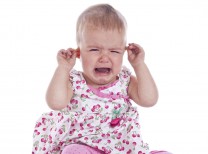


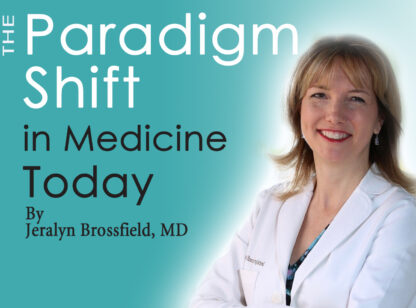

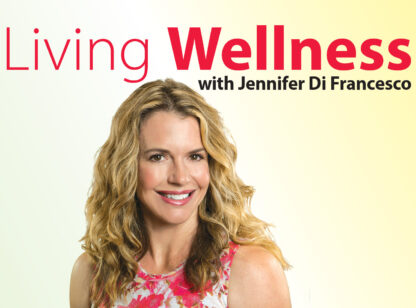


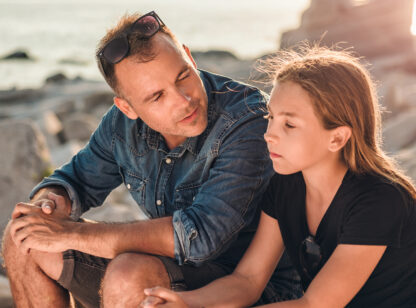
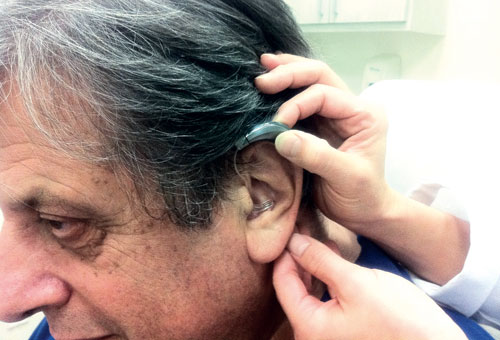
































Comments (0)